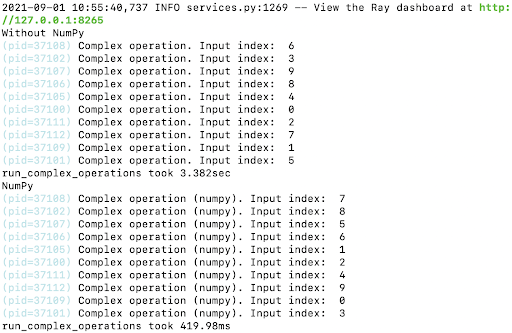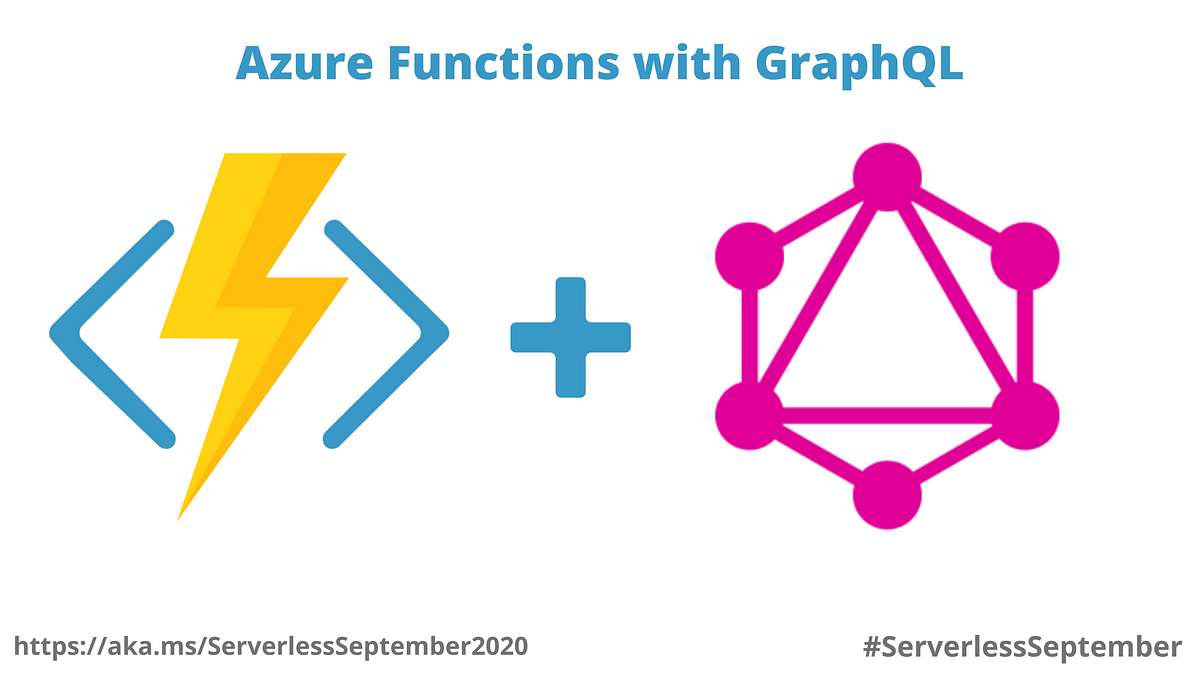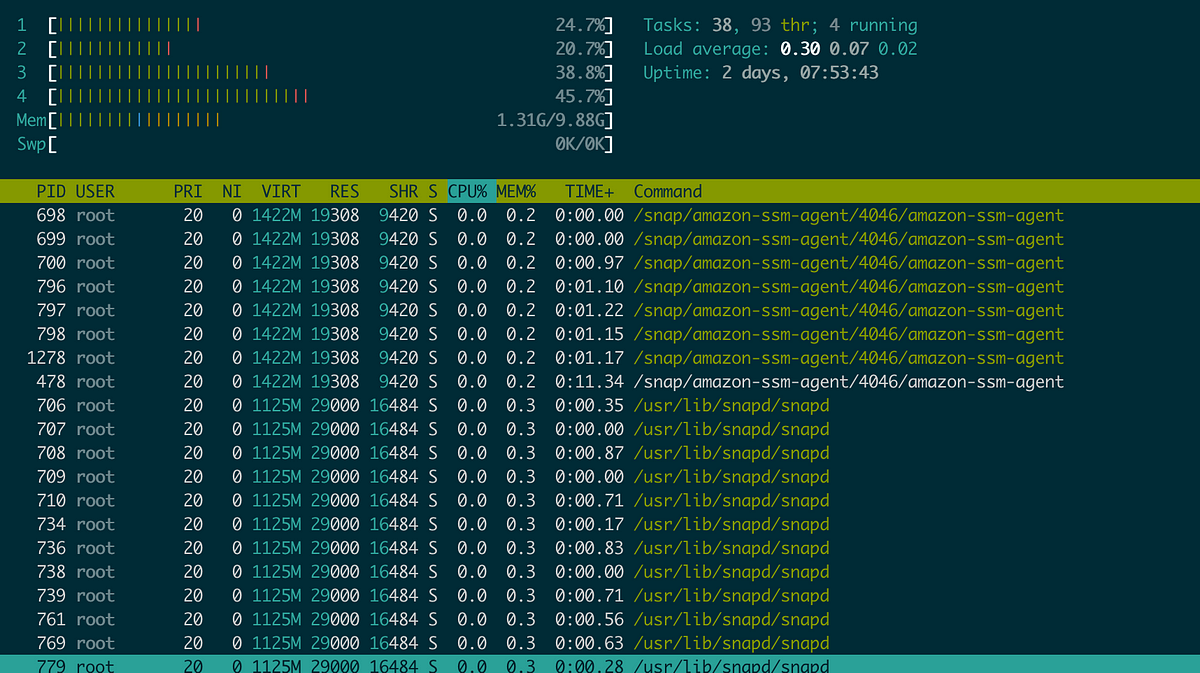Bytecode VMs in surprising places
Most people probably associate bytecode VMs with general-purpose programming languages, like JavaScript or Python. But sometimes they appear in surprising places! Here are a few that I know about.
Did you know that inside the Linux kernel, there’s an extension mechanism that includes a bytecode interpreter and a JIT compiler?
I had no idea. Well, it’s called eBPF, and it’s pretty interesting: a register-based VM with ten general-purpose registers and over a hundred different opcodes.
Many versions of Unix provide facilities for user-level packet capture, making possible the use of general purpose workstations for network monitoring. Because network monitors run as user-level processes, packets must be copied across the kernel/user-space protection boundary. This copying can be minimized by deploying a kernel agent called a packet filter, which discards unwanted packets as early as possible. The original Unix packet filter was designed around a stack-based filter evaluator that performs sub-optimally on current RISC CPUs. The BSD Packet Filter (BPF) uses a new, register-based filter evaluator that is up to 20 times faster than the original design.
So it was originally designed for a pretty restricted use case: a directed, acyclic control flow graph representing a filter function for network packets. And for a long time, the Linux implementation was equally simple: two general-purpose registers, a switch-style interpreter, and no backwards branches.





















